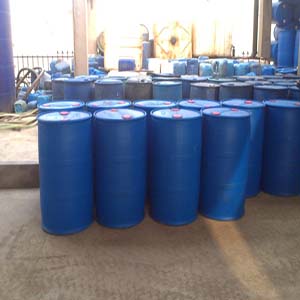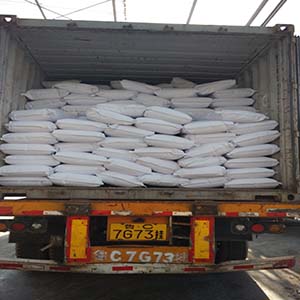Sweeteners
Sodium Saccharin
- CAS No:6155-57-3
- Qty in 20' FCL:20MT
- QC:Haccp,Kosher,Halal,Iso
- Sodium Saccharin
- Product description: Sodium Saccharin
Sodium Saccharin was first produced in 1879 by Constantin Fahlberg, who was a chemist working on coal tar derivatives at the Johns Hopkins Univers Sodium saccharin.
Throughout his research he accidentally discovered Sodium saccharins intensely sweet flavor. In 1884, Fahlberg applied for patents in several countries as he described methods of producing this chemical, which he called saccharin.
It is white crystal or power with inodorous or slight sweetness, easily soluble in water.
Its sweetness is around 500 times sweeter than that of sugar.
| ITEM | STANDARD |
| Identification | Positive |
| Melting point of insolated saccharin ℃ | 226-230 |
| Appearance | White crystals |
| Content % | 99.0-101.0 |
| Loss on drying % | =<15 |
| Ammonium salts ppm | =<25 |
| Arsenic ppm | =<3 |
| Benzoate and salicylate | No precipitate or violet color appears |
| Heavy metals ppm | =<10 |
| Free acid or alkali | Complies with BP /USP/DAB |
| Readily carbonizable substances | Not more intensely colored than reference |
| P-tol sulfonamide | =<10ppm |
| O-tol sulfonamide | =<10ppm |
| Selenium ppm | =<30 |
| Related substance | Complies with DAB |
| Clarity and color solution | Color less clear |
| Organic volatiles | Complies with BP |
| PH value | Complies with BP/USP |
| Benzoic acid-sulfonamide | =<25ppm |
PREVIOUS:Tertiary Butylhydroquinone(TBHQ)
NEXT:Liquid Glucose




 Customer service
Customer service